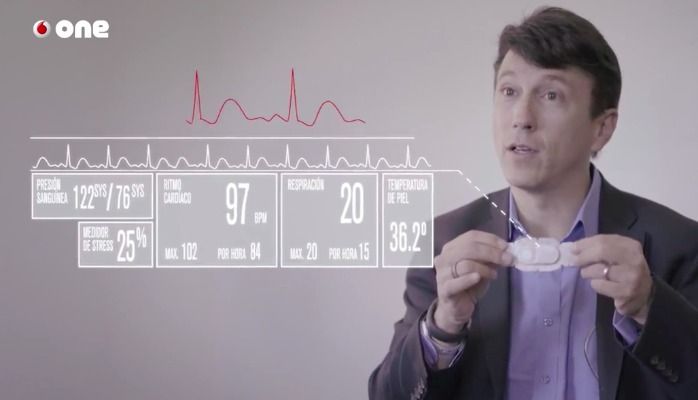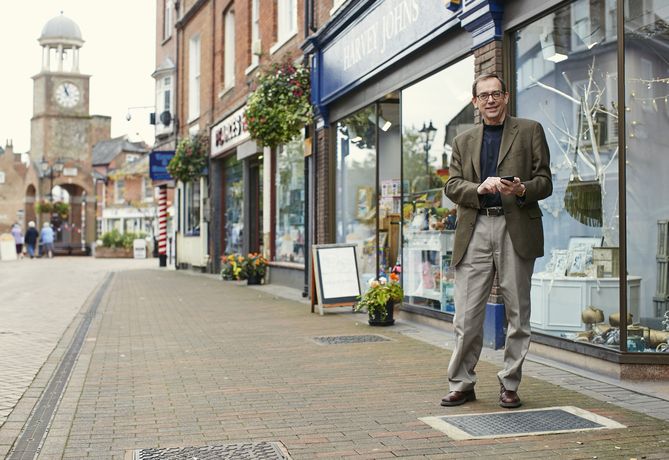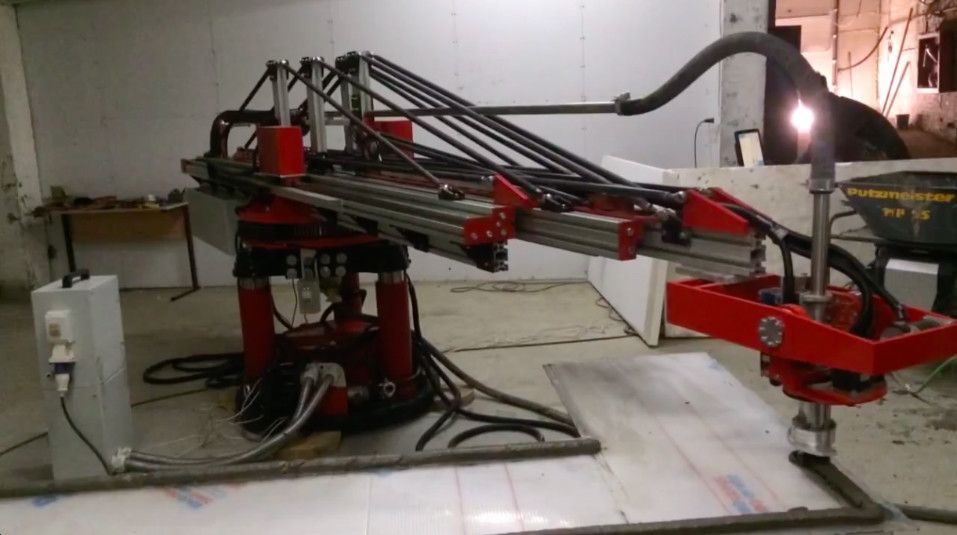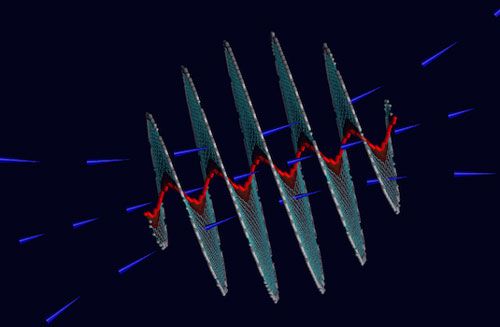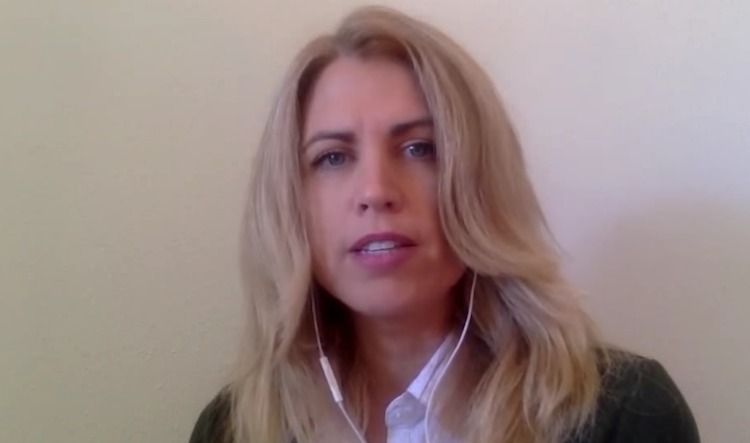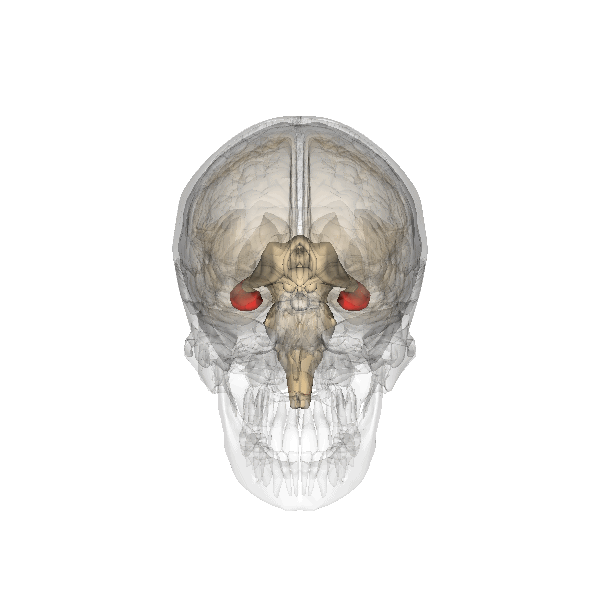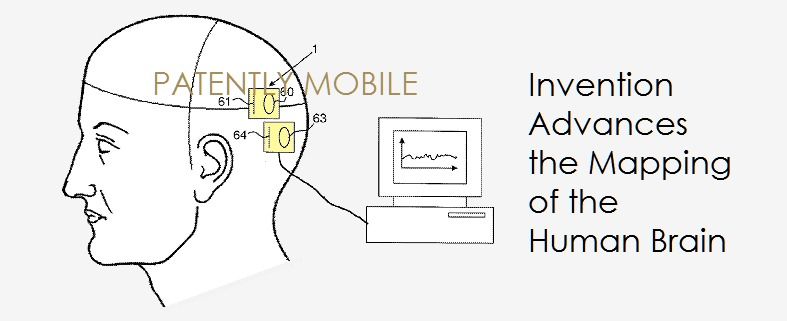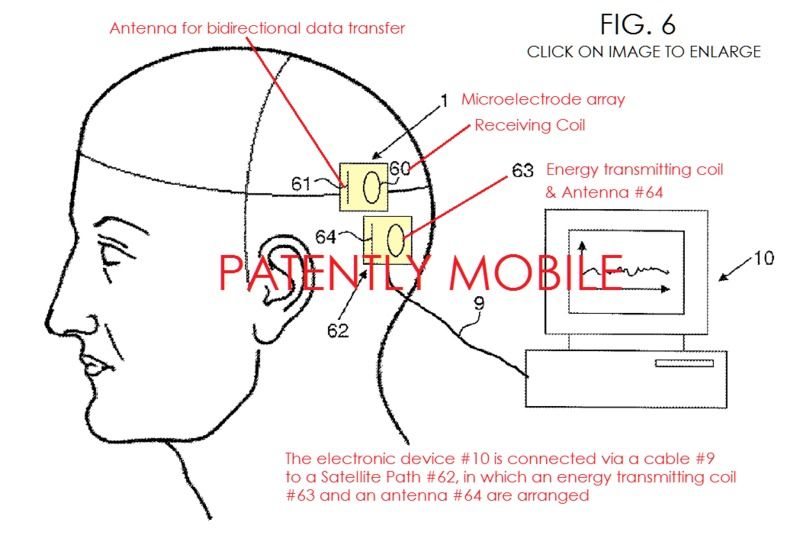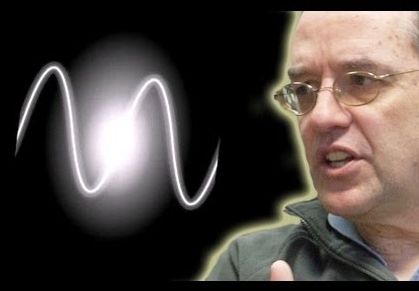Oct 19, 2015
The Future of Continuous, Connected Health & Medicine: In your pocket, connected to the cloud.
Posted by Shailesh Prasad in categories: biotech/medical, health
This short video (with some fun integrated graphics) is from an interview I did with El Pais (the largest newspaper in Spain). It highlights some of the emerging technologies and approaches which have the potential to shift health, medicine and biopharma from its intermittent and reactive physician-centric mode, to an era of more continuous data and a proactive approach, in which the individual is increasingly empowered and integrated into personalized wellness, diagnosis and therapy. The video is below and some associated thoughts follow:
Diagnostics- Era of the digital black bag: Ranging from an eye, ear and throat exam (from connected devices designed for the patient like CellScope, MedWand and Tyto) to cardiac exams enabled by low cost EKG’s (AliveCor and Kito), digital diagnostics is coming to the home. Some will even do automated interpretations (i.e. the EKG interpreted by the app and send to the cloud), where the diagnosis and management of disease will increasingly be enabled outside of the usual clinic, ER or hospital. Wearable patches that integrate multiple vital signs, such as those developed by Vital Connect and Proteus Digital Health will enable more complex disease management and monitoring with ICU level data (EKG, respiratory rate, temperature, position and more), outside of the clinical environment.
